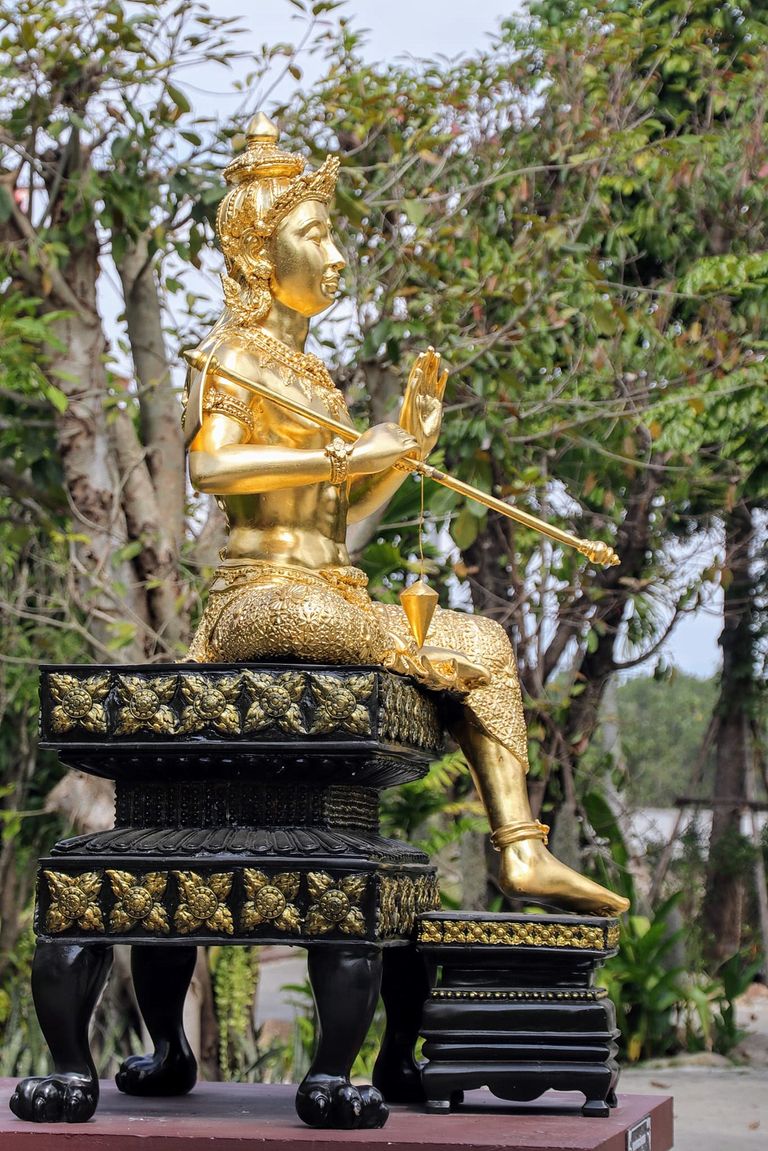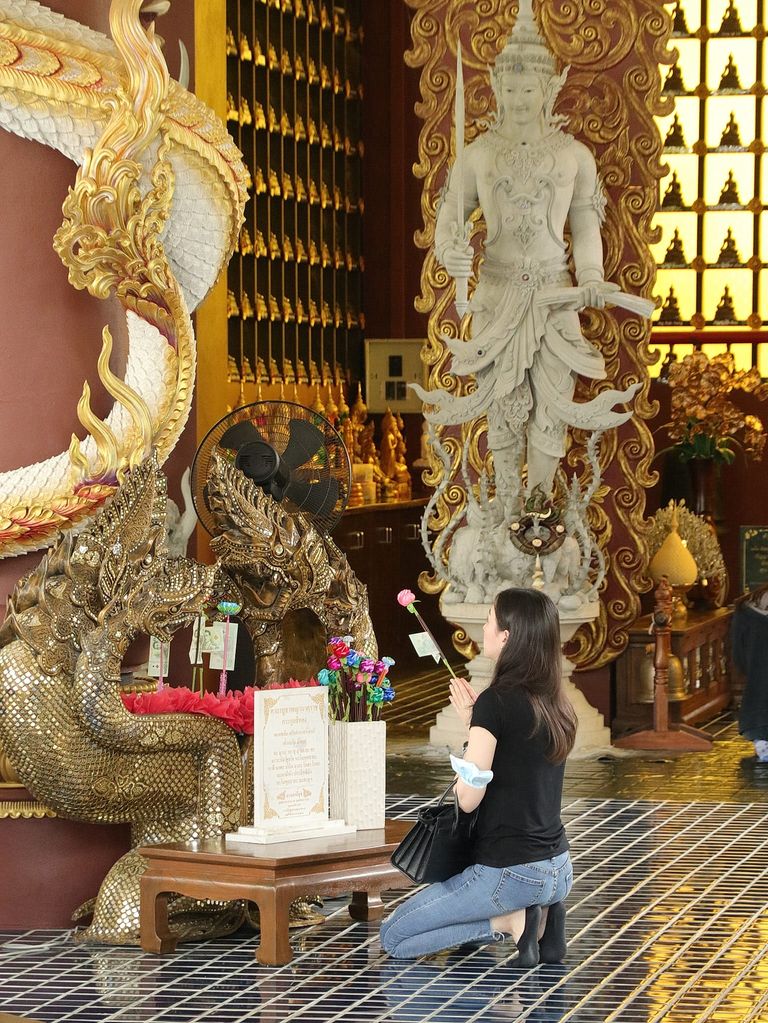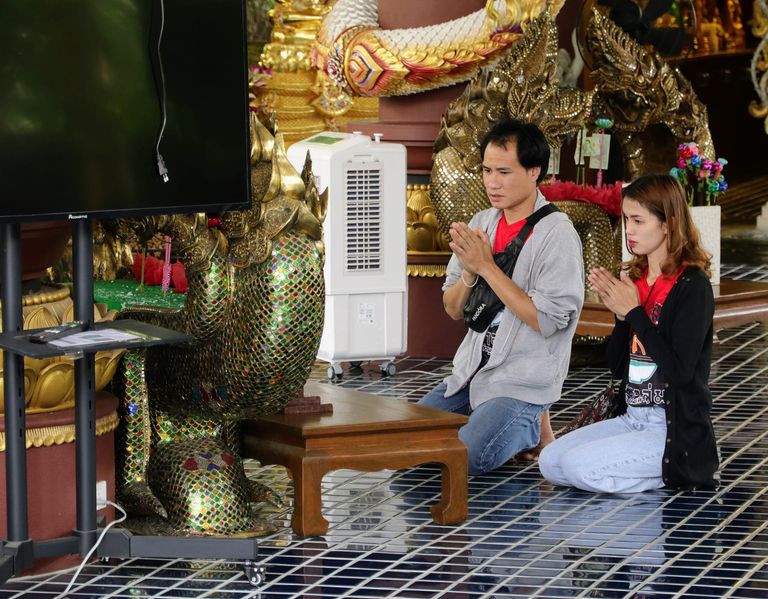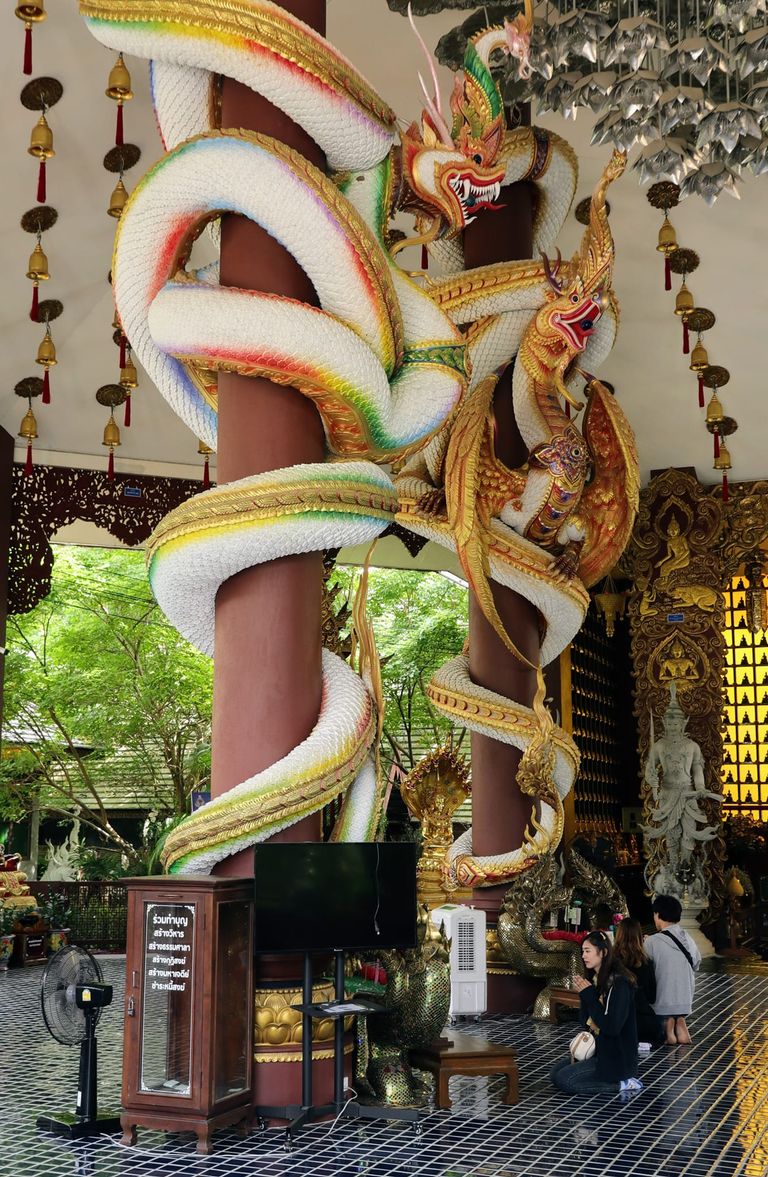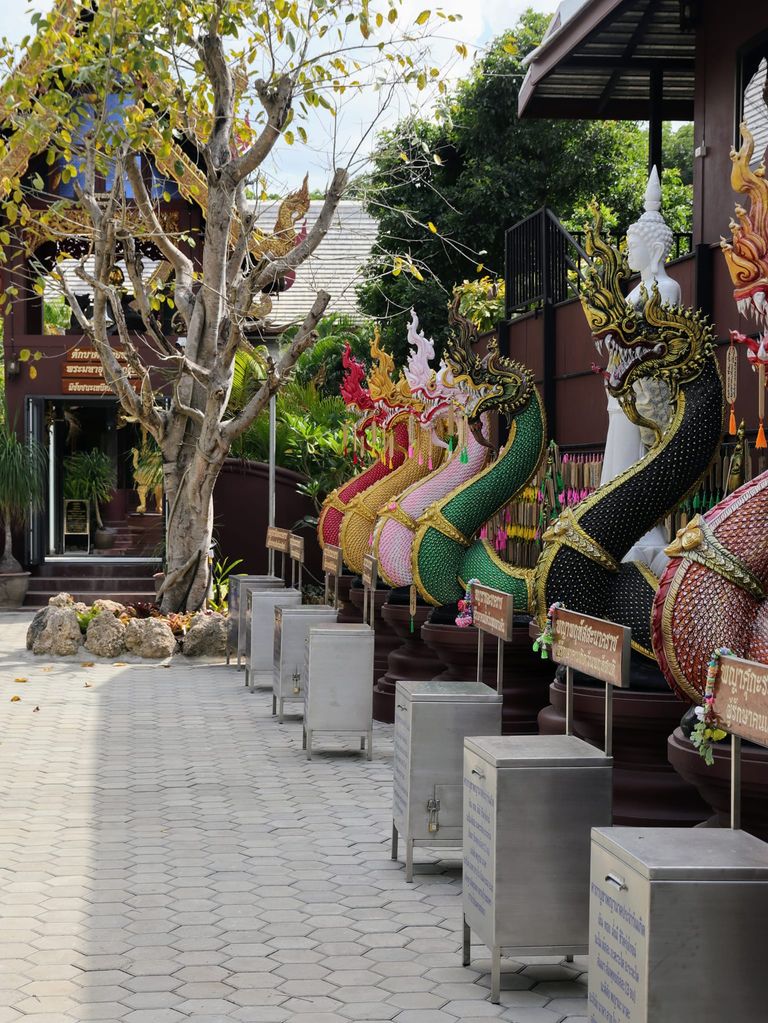Nestled in the serene village of Ban Sa Ha Khon in Chiang Mai Province, Thailand, lies the Ban Sa Ha Khon Temple, a testament to the region's rich cultural and spiritual heritage. This temple, though less frequented by tourists, offers a unique glimpse into traditional Thai architecture and the enduring legacy of Buddhism in northern Thailand.
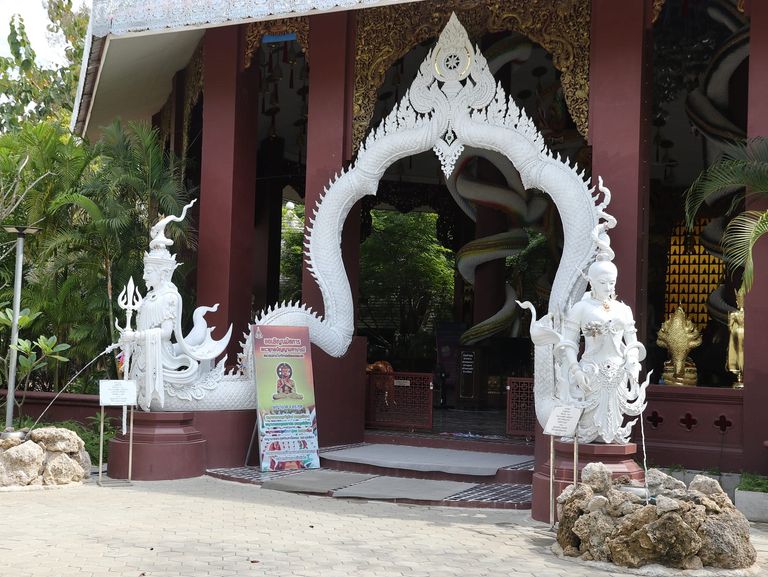
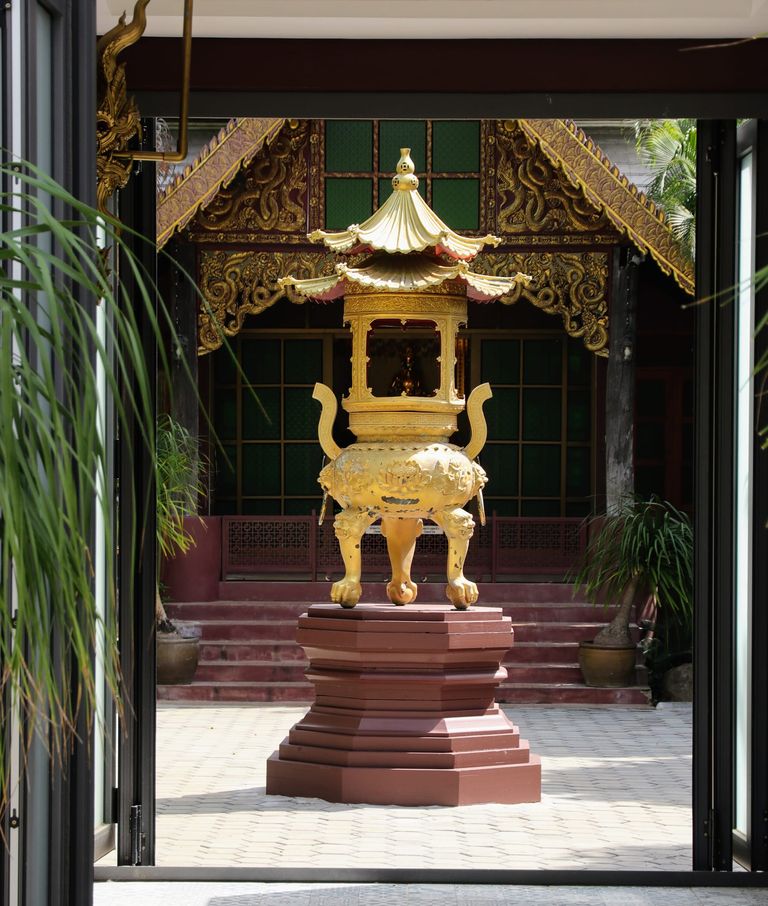
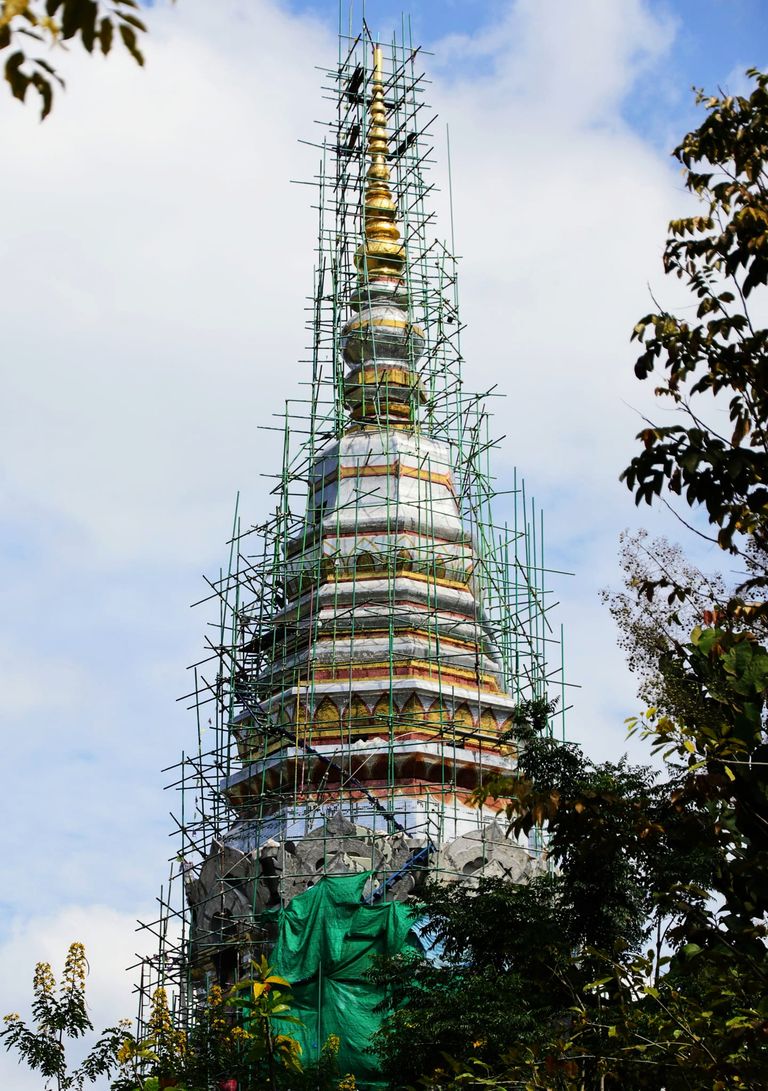
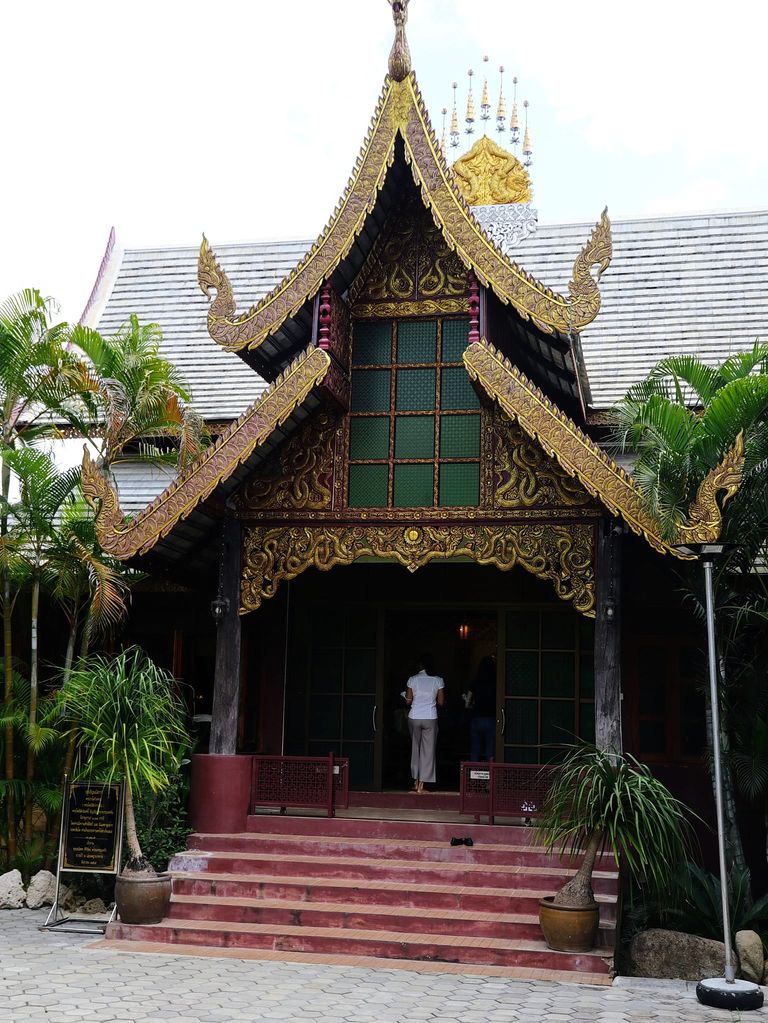
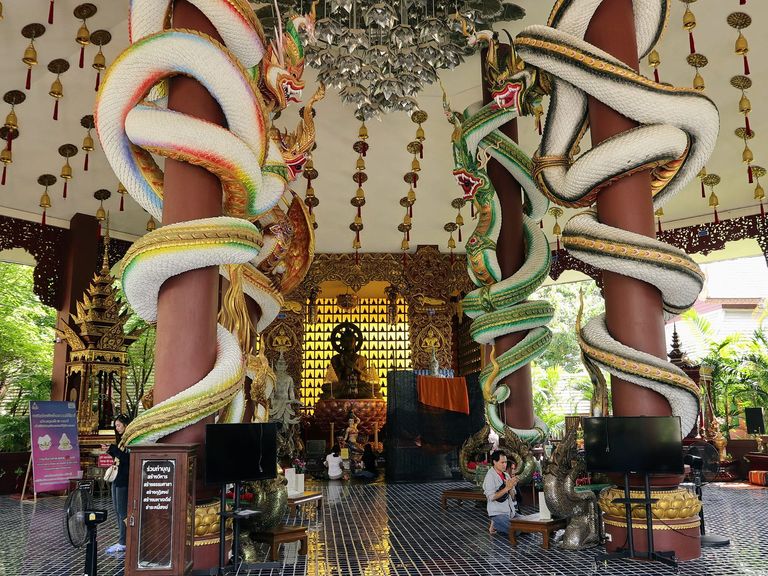
Historical Background
The exact origins of Ban Sa Ha Khon Temple are not well-documented, reflecting the common narrative of many rural temples in Thailand. These temples often serve as the spiritual and communal centers for local villages, evolving over centuries through the contributions of devoted villagers and monks. The temple's history is intertwined with the daily lives of the Ban Sa Ha Khon community, bearing witness to generations of faith and tradition.
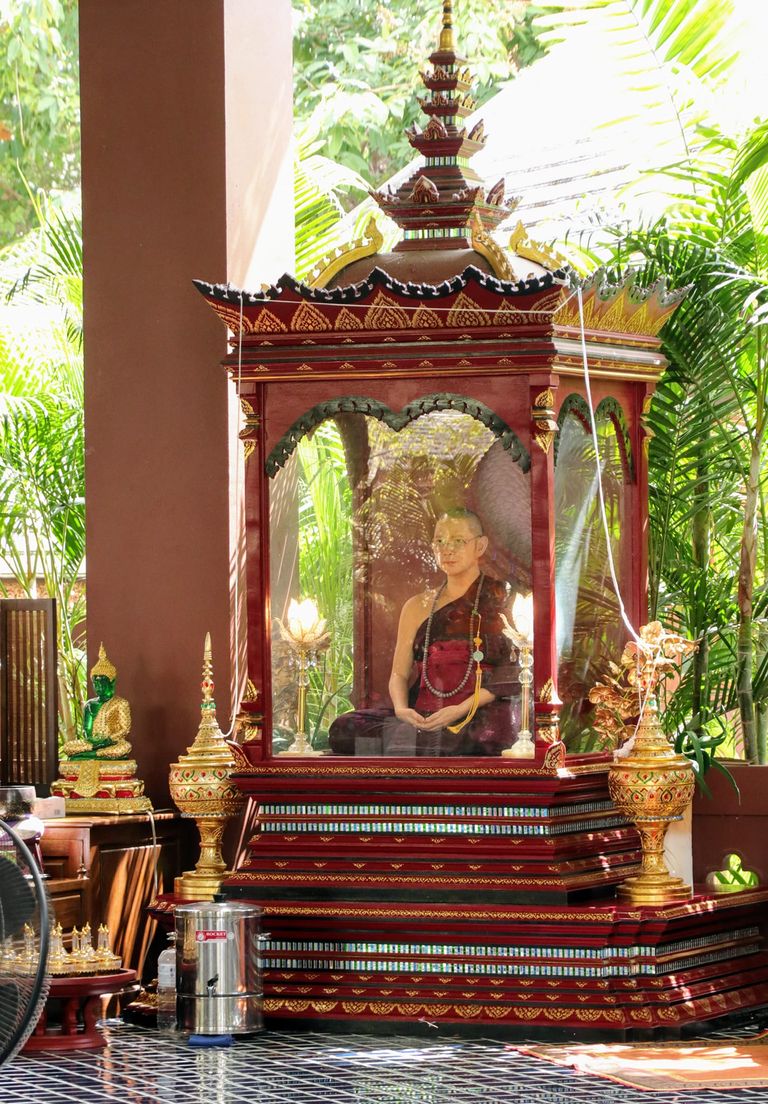
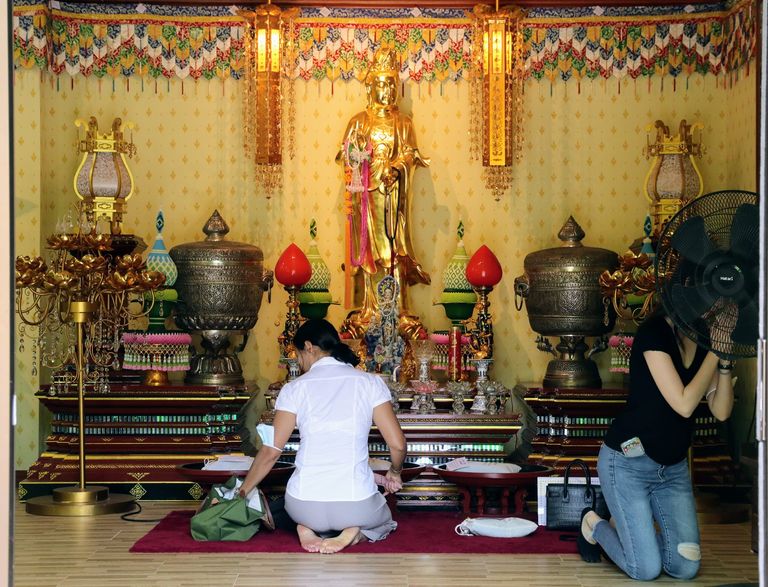
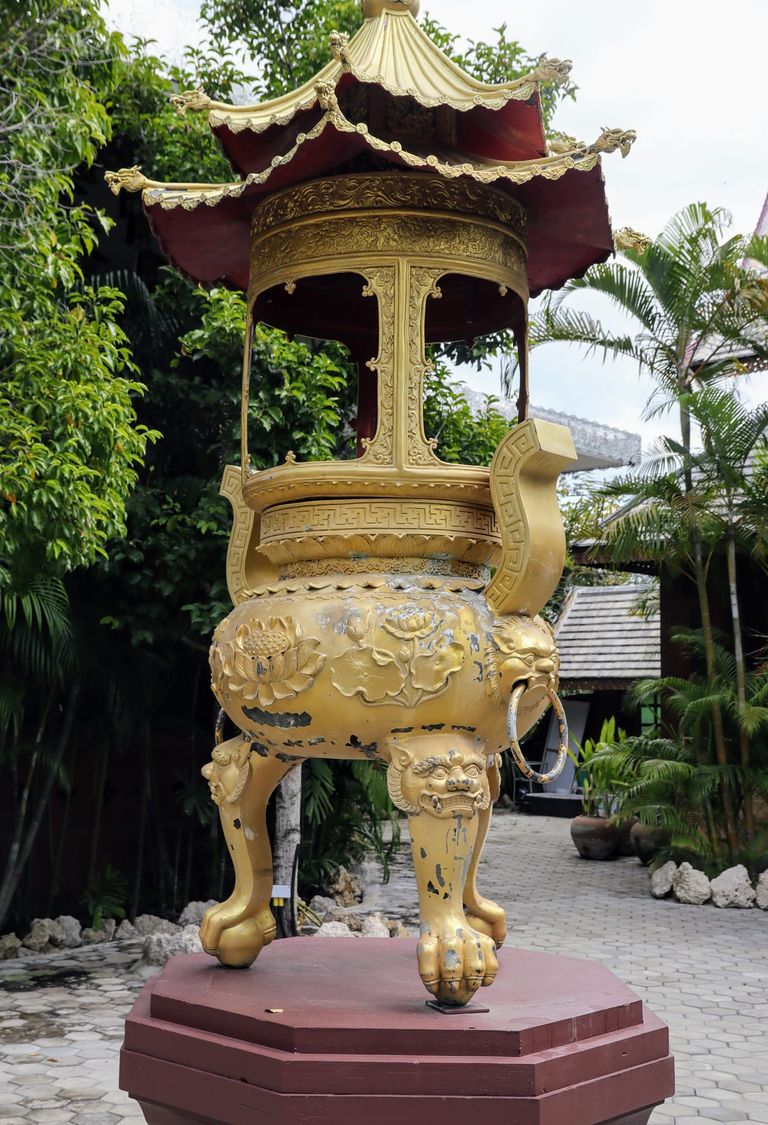
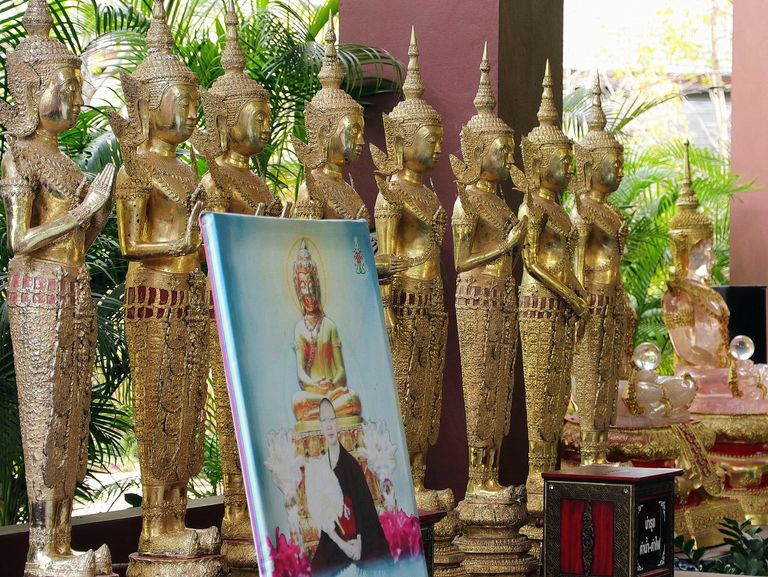
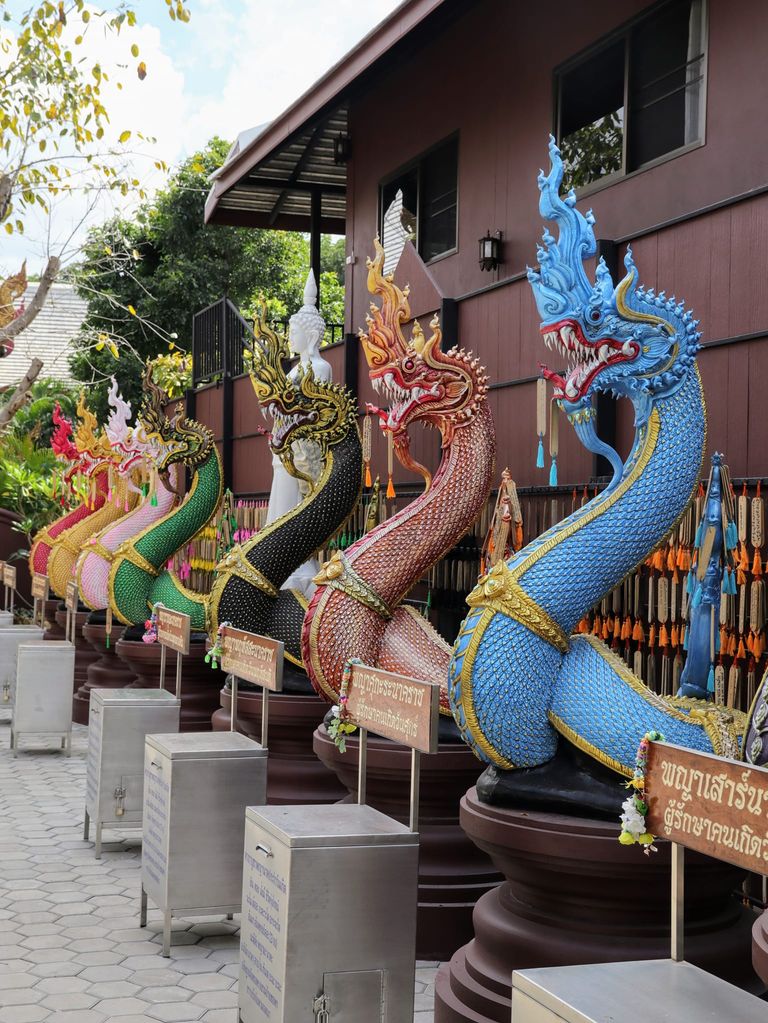
Architectural Features
Ban Sa Ha Khon Temple showcases traditional Thai architectural elements characteristic of the Lanna style prevalent in northern Thailand. The temple structures are adorned with intricate carvings and vibrant colors, reflecting the rich cultural heritage of the region. The use of teak wood, elaborate naga (serpent) motifs, and tiered roofs are notable features that exemplify the craftsmanship of the era.
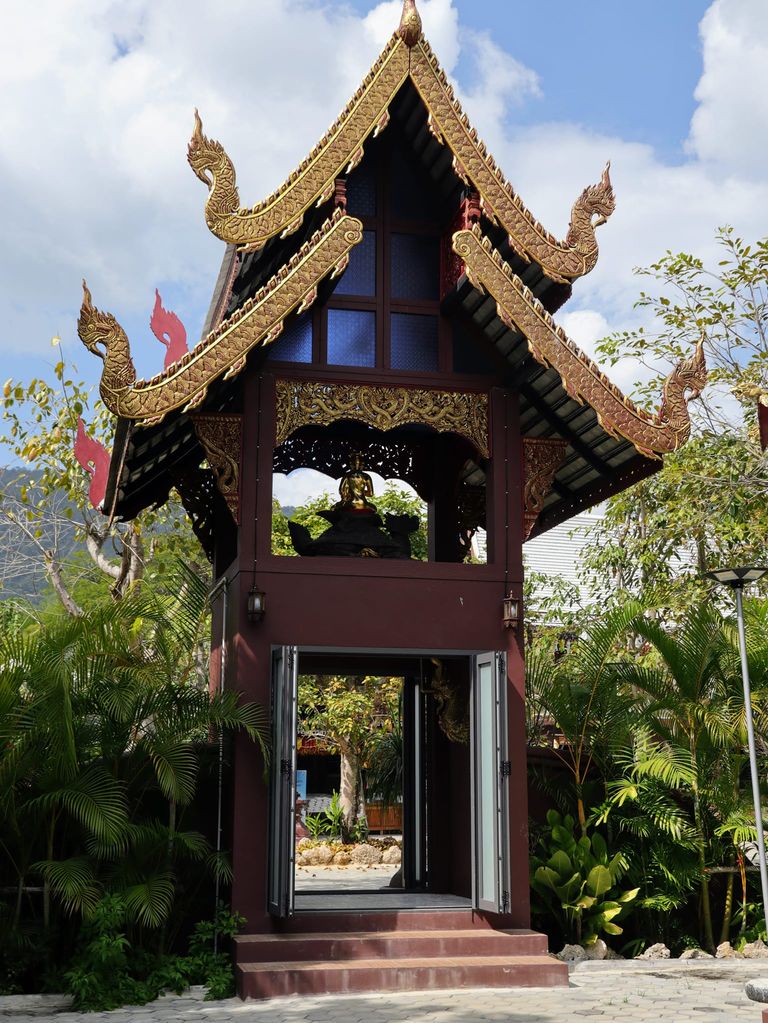
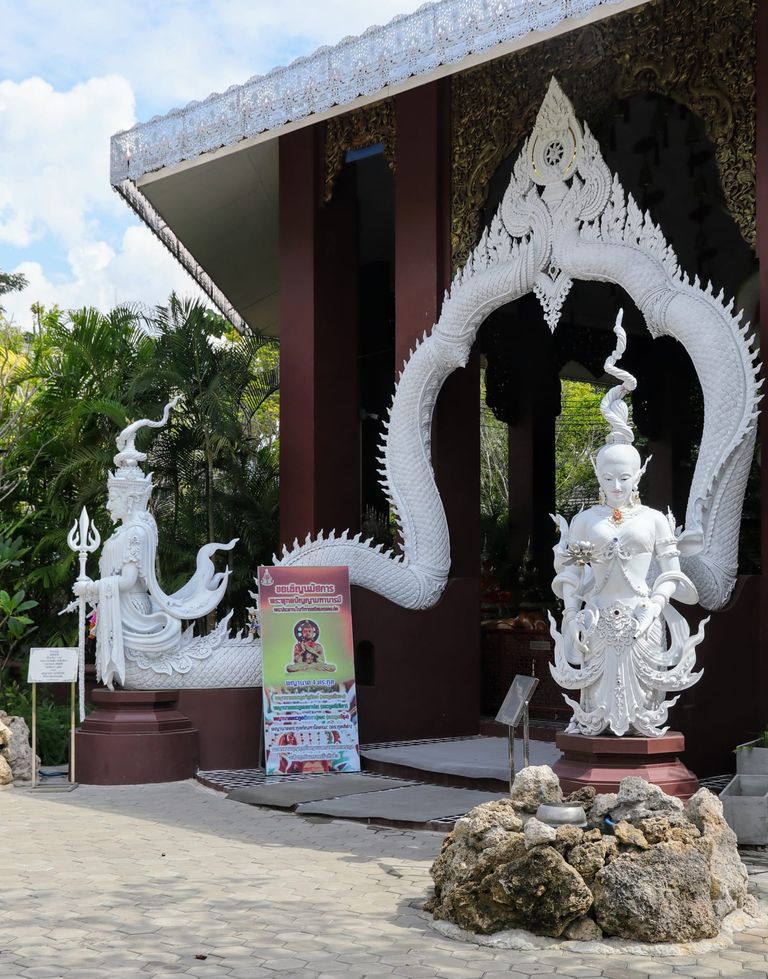
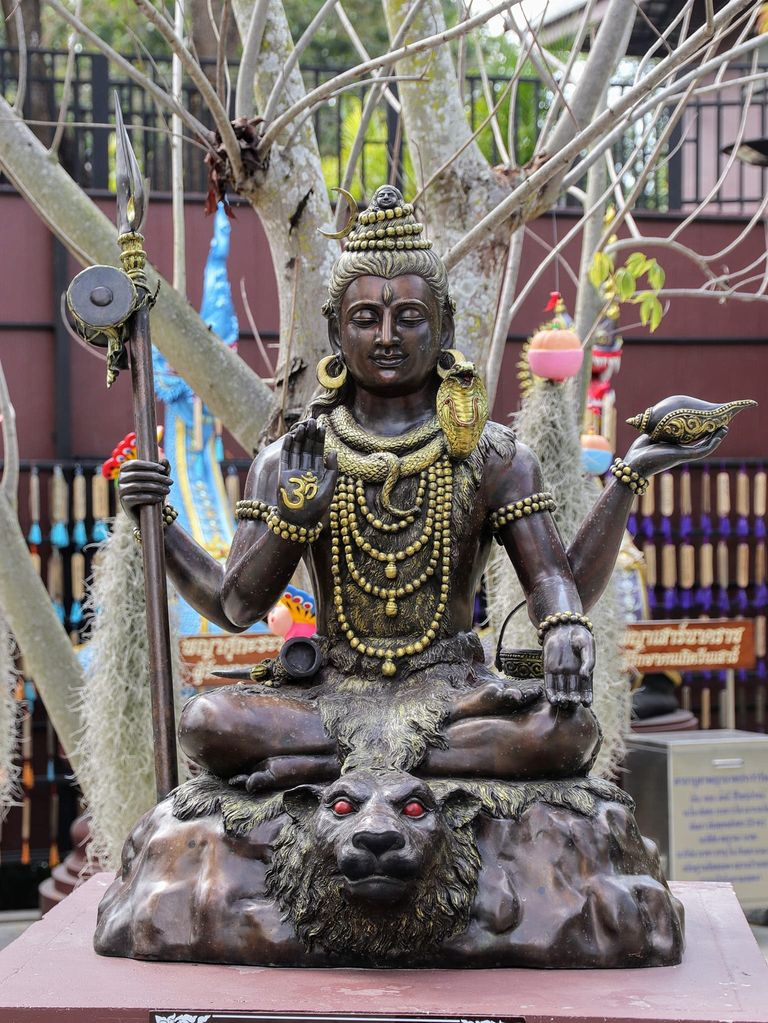
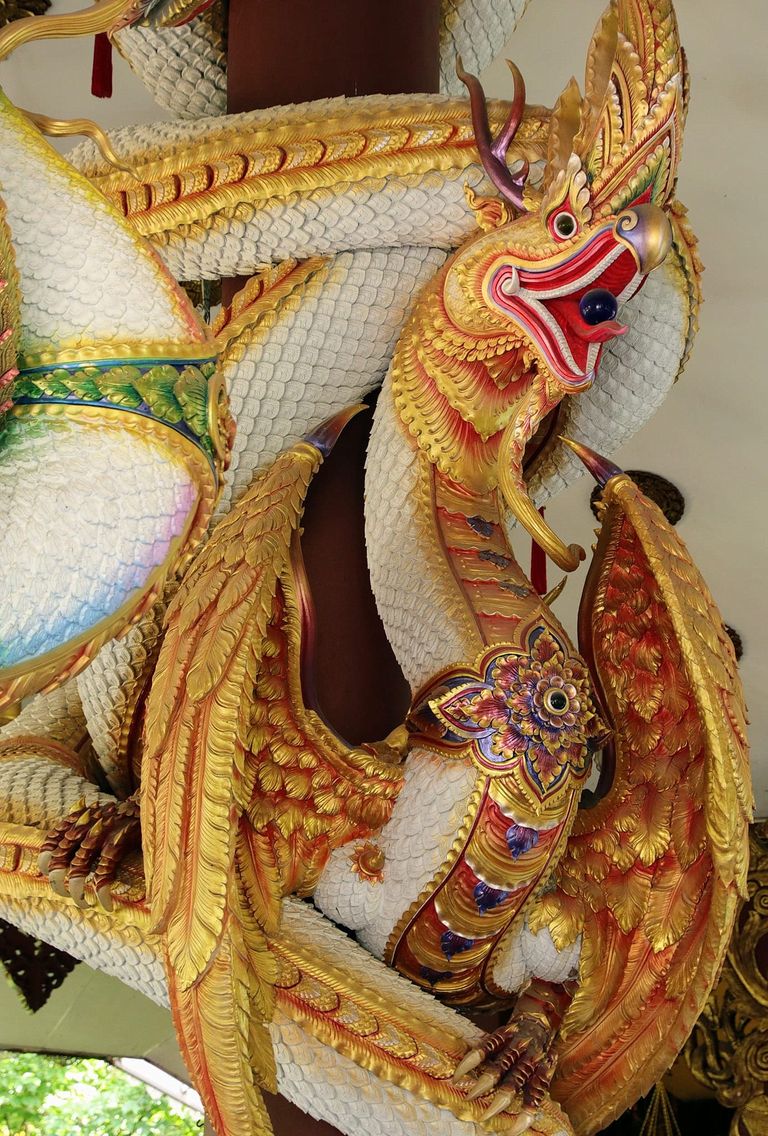
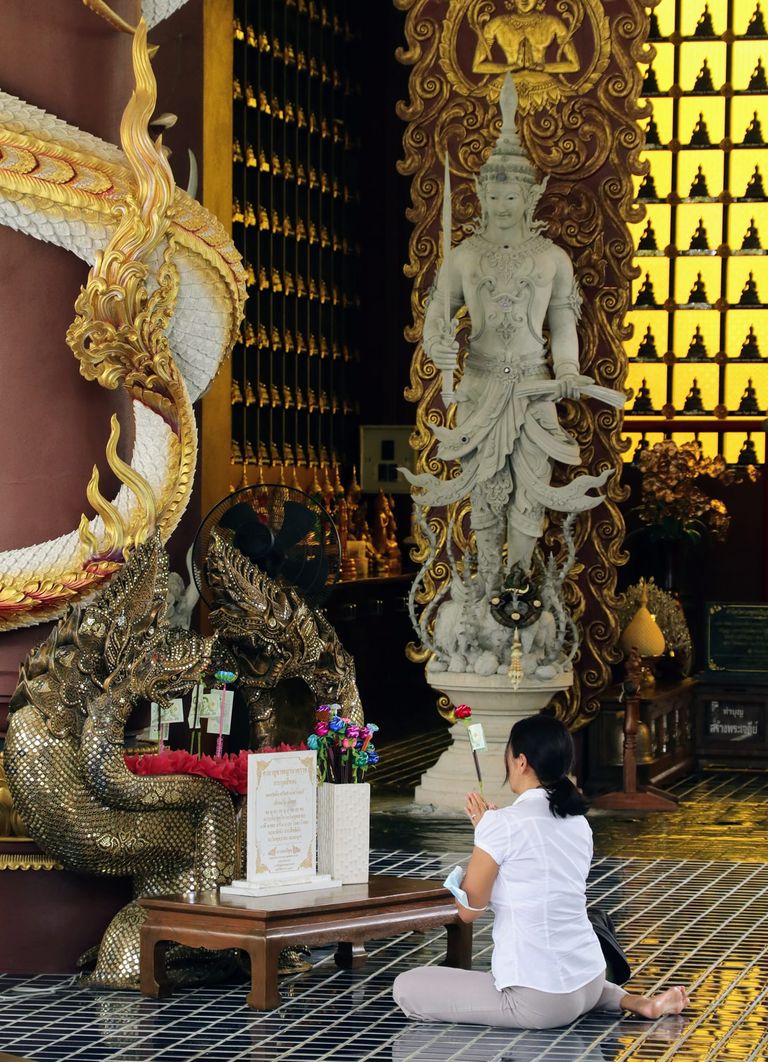
The temple's viharn (assembly hall) is particularly striking, with its ornate façade and detailed murals depicting scenes from Buddhist scriptures. The serene setting of the temple, surrounded by lush greenery and traditional village landscapes, enhances its tranquil ambiance, making it an ideal spot for contemplation and spiritual reflection.
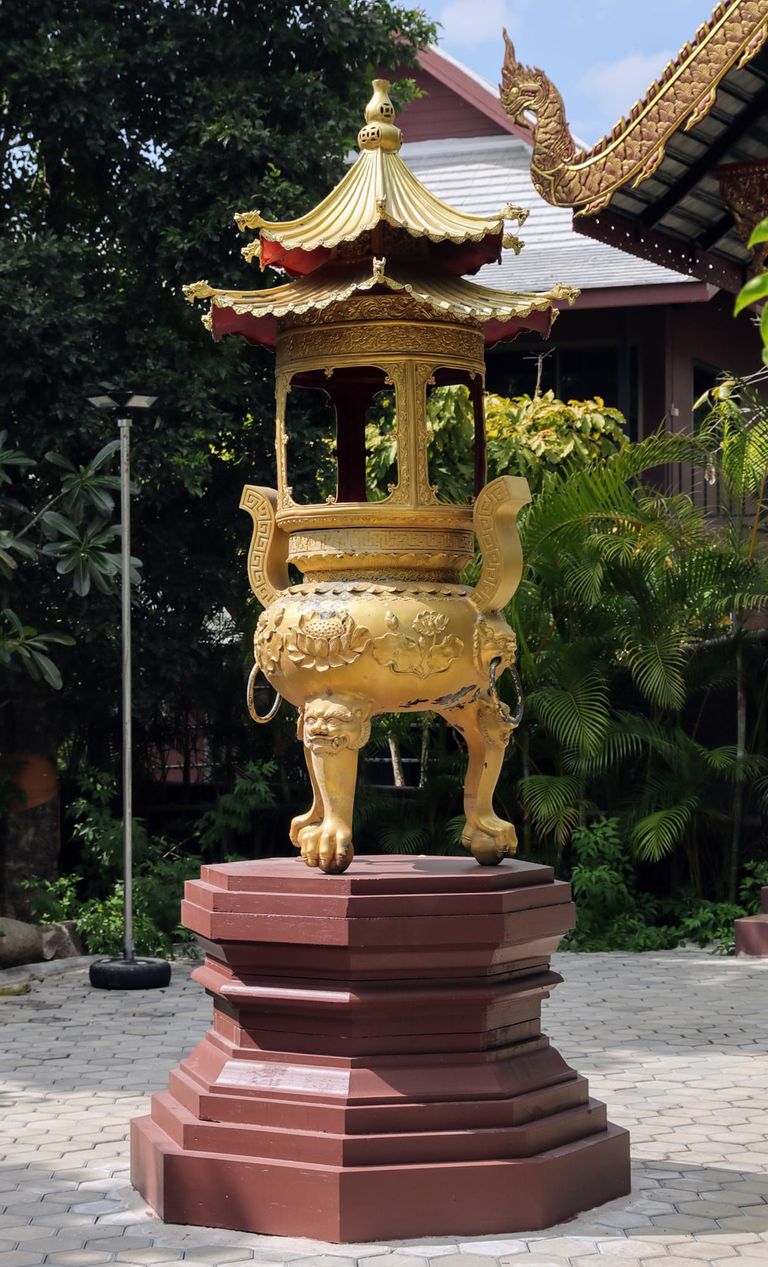
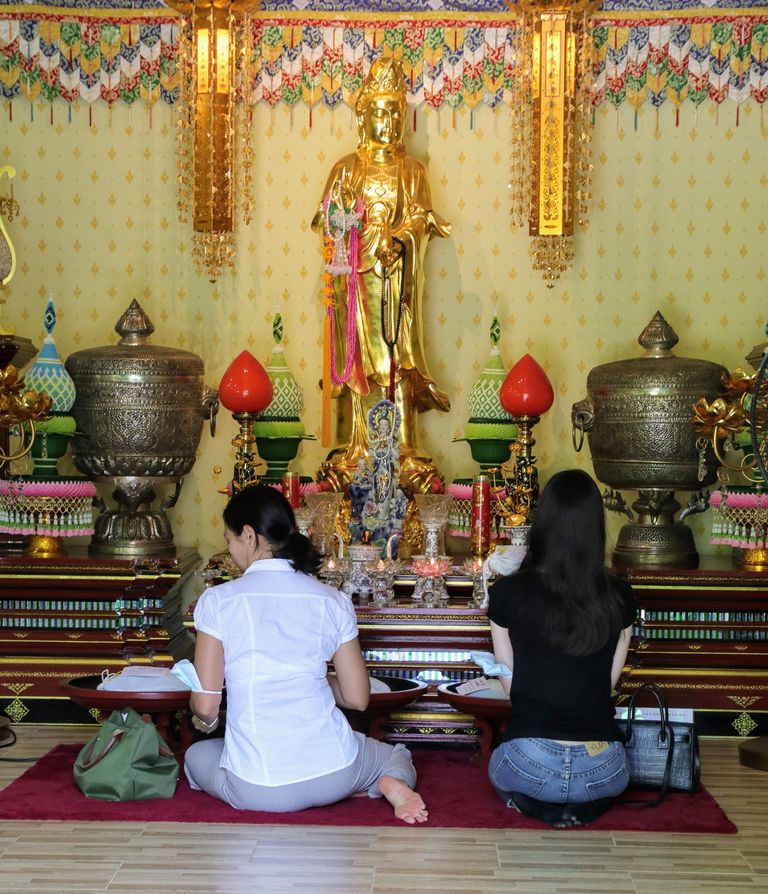
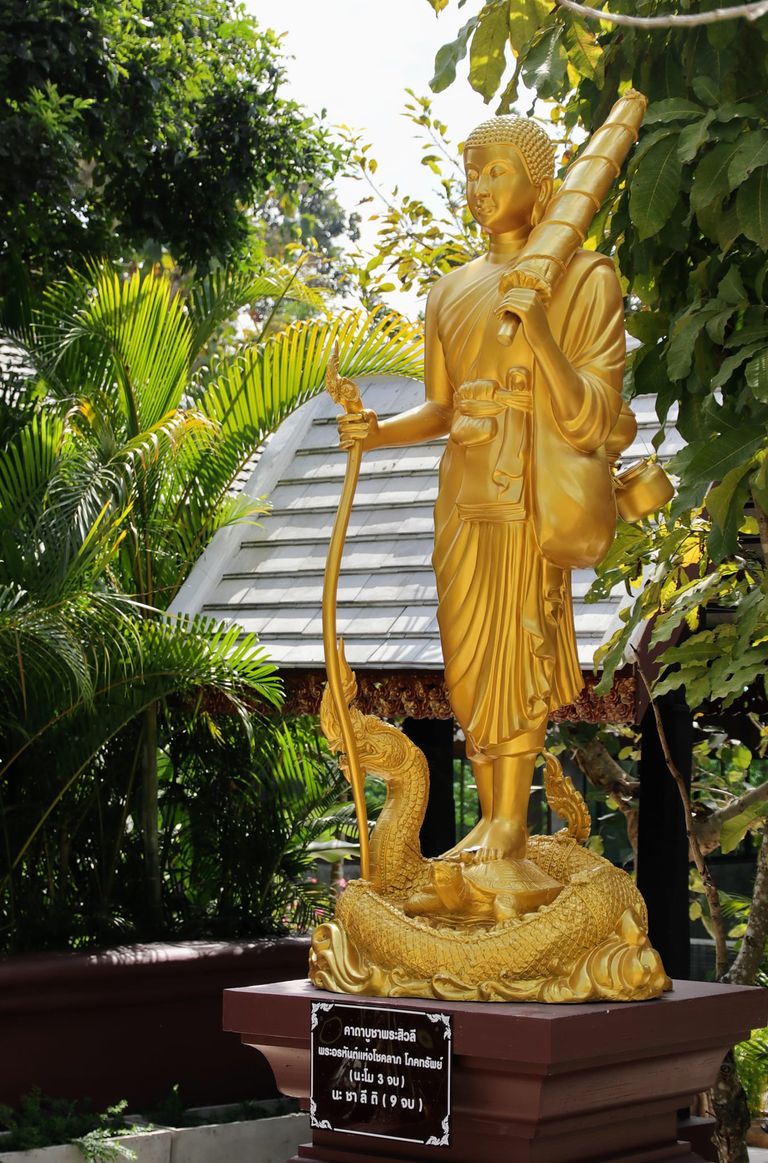
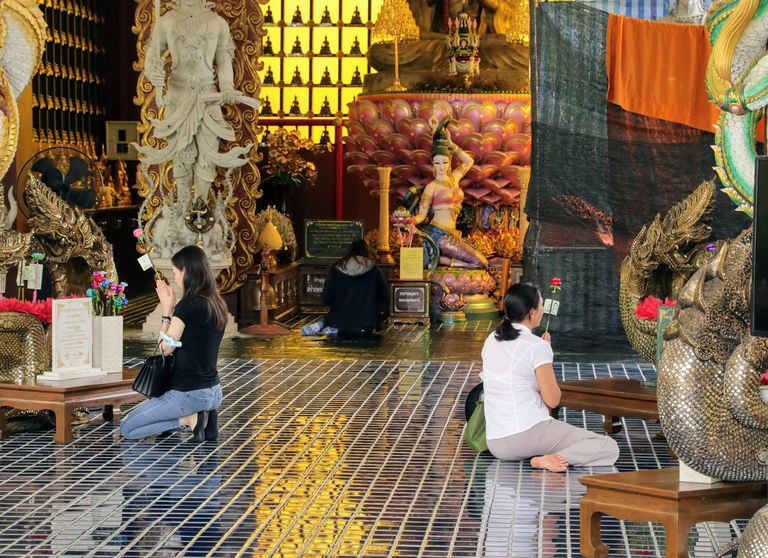
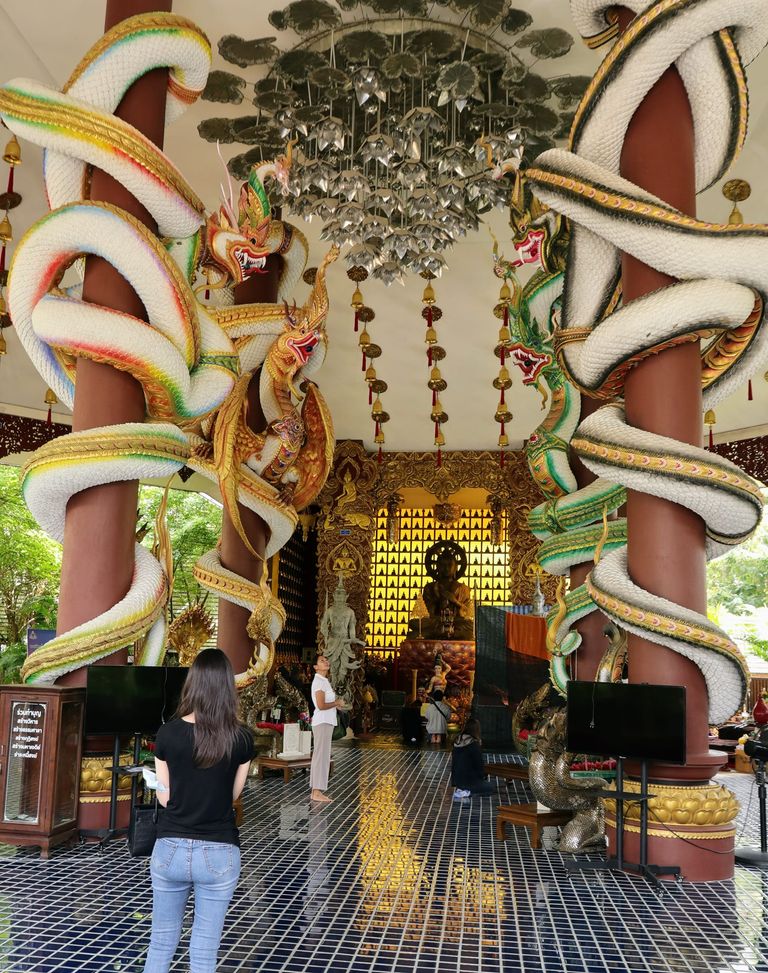
Cultural Significance
As with many temples in rural Thailand, Ban Sa Ha Khon Temple serves as more than just a place of worship; it is a hub for community activities, festivals, and the preservation of local traditions. The temple grounds often host annual celebrations such as Songkran (Thai New Year) and Loy Krathong, where villagers come together to honor their cultural heritage and pay respects to the Buddha.
The temple also plays a crucial role in the spiritual education of the community. Monks residing at the temple provide guidance, lead meditation sessions, and teach the Dhamma (Buddha's teachings) to both young and old, ensuring the continuation of Buddhist practices and values within the village.
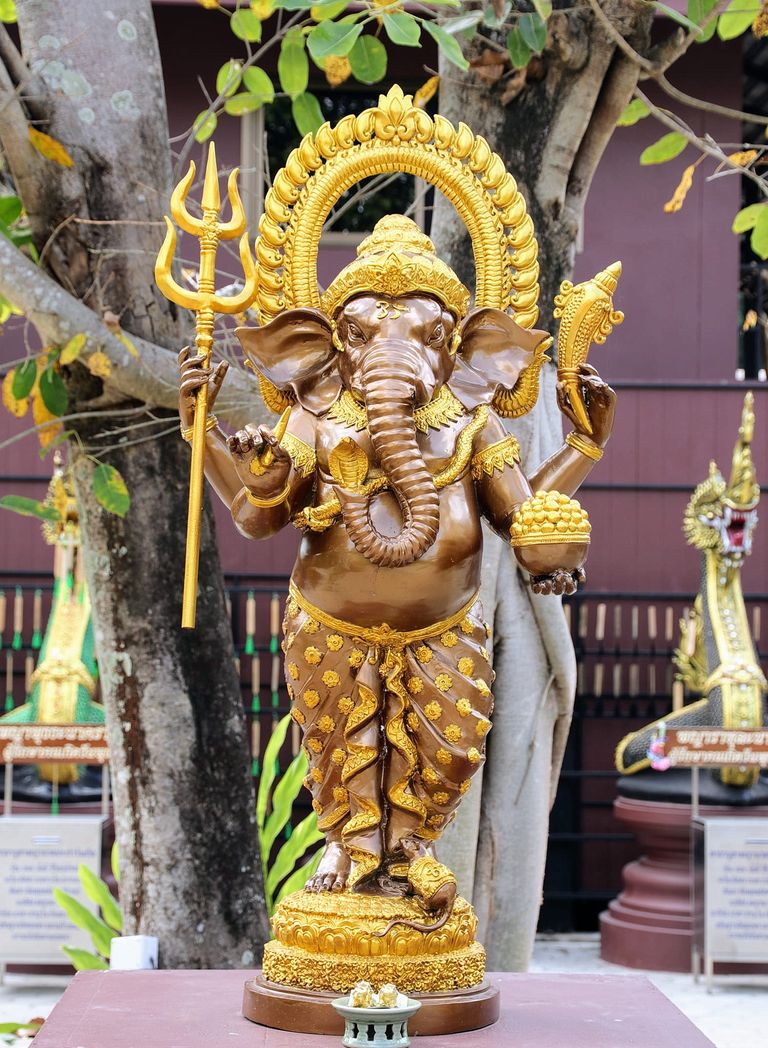
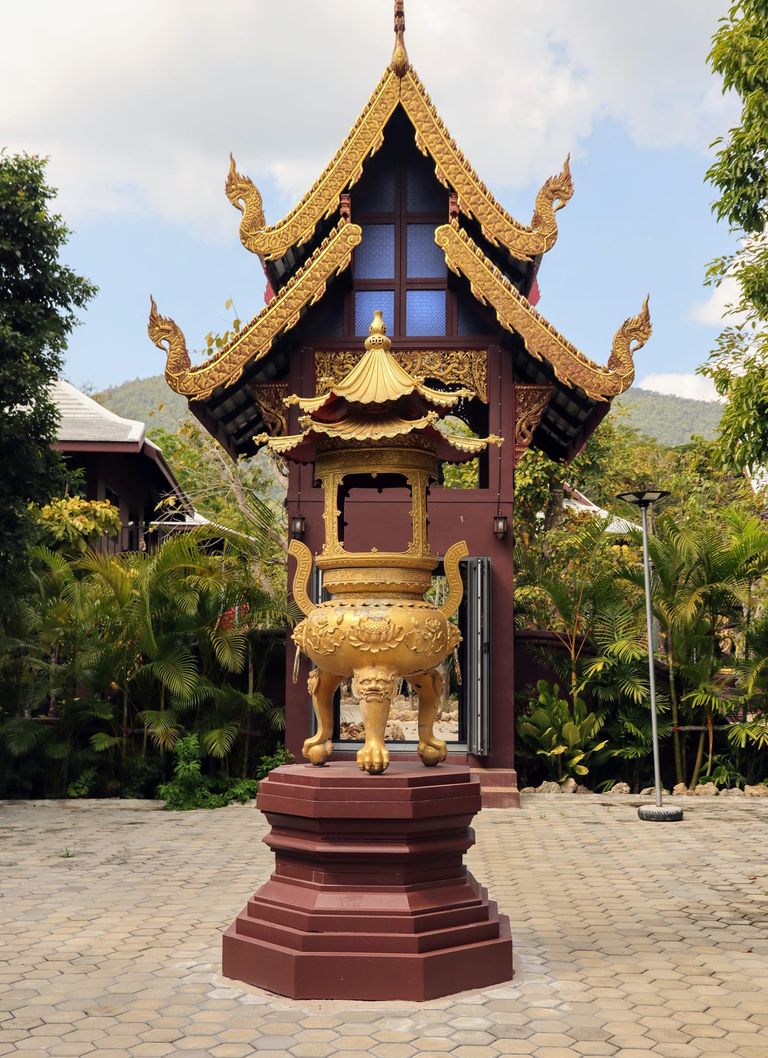
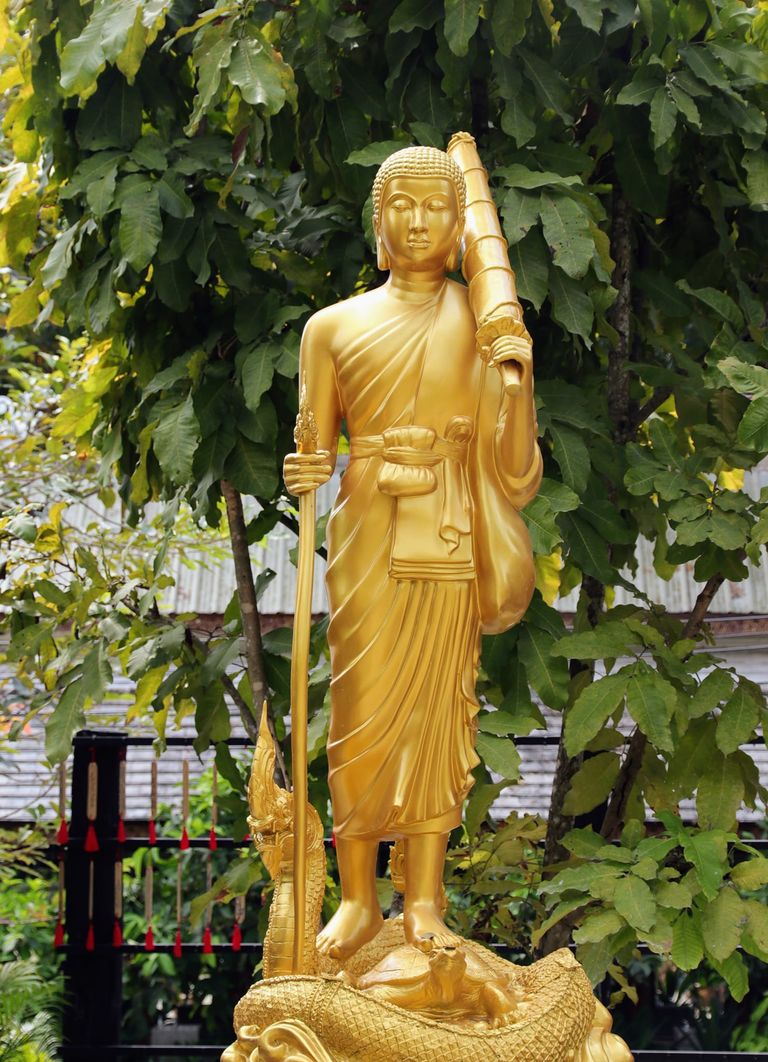
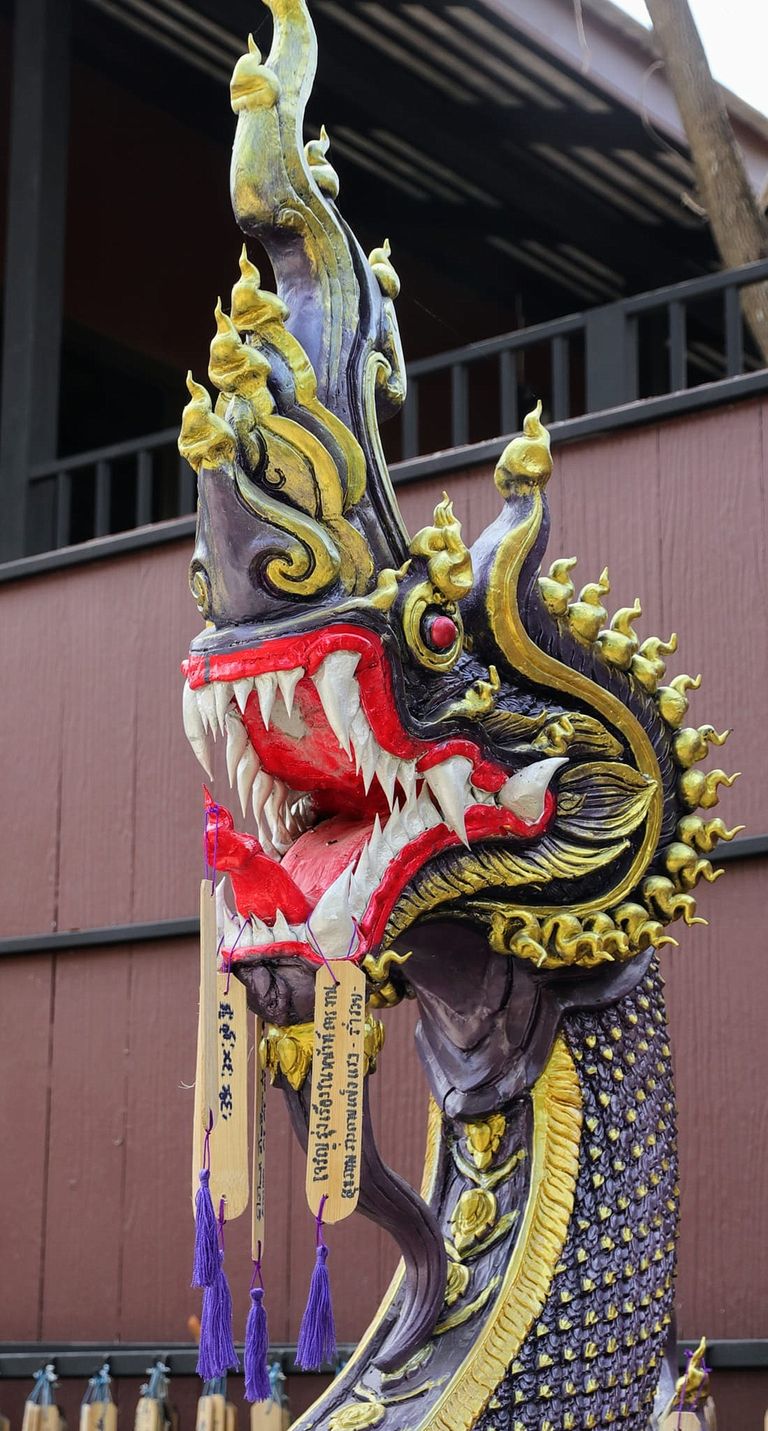
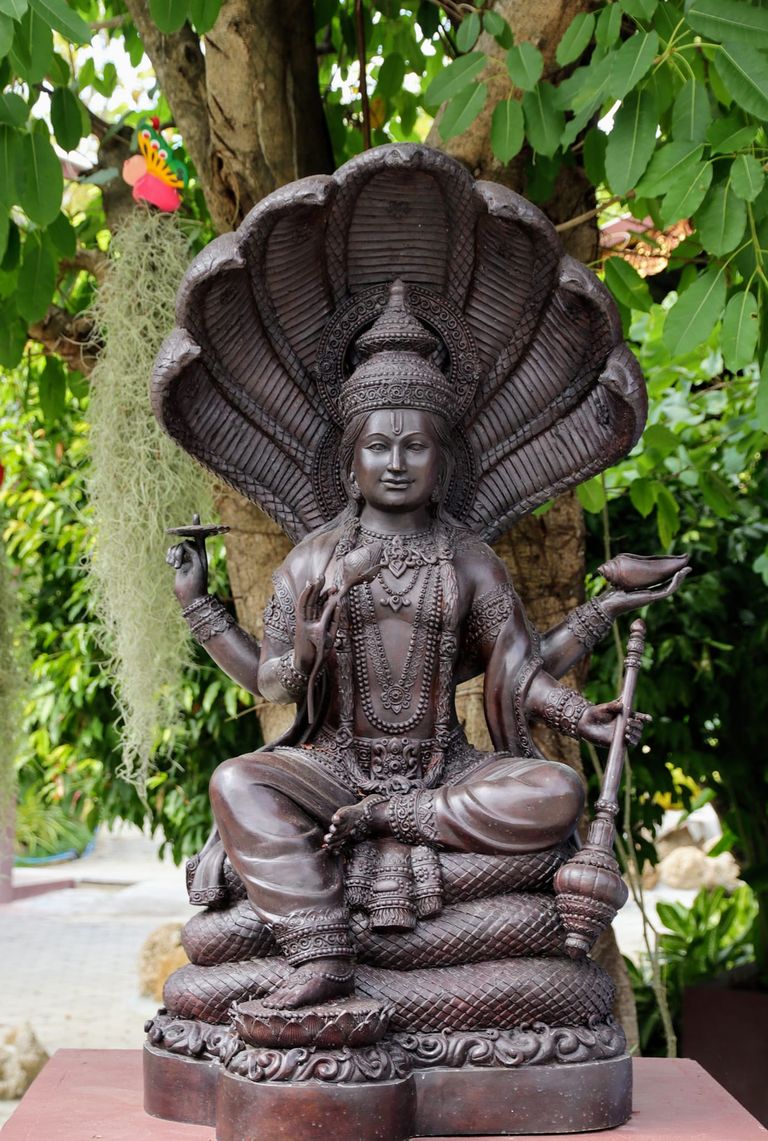
Preservation Efforts
Preserving temples like Ban Sa Ha Khon is essential for maintaining the cultural fabric of Thailand. While major temples in urban areas receive significant attention and funding, rural temples often rely on local communities and occasional donations for their upkeep. Efforts to maintain the temple include regular restoration of wooden structures, repainting of murals, and conservation of religious artifacts.
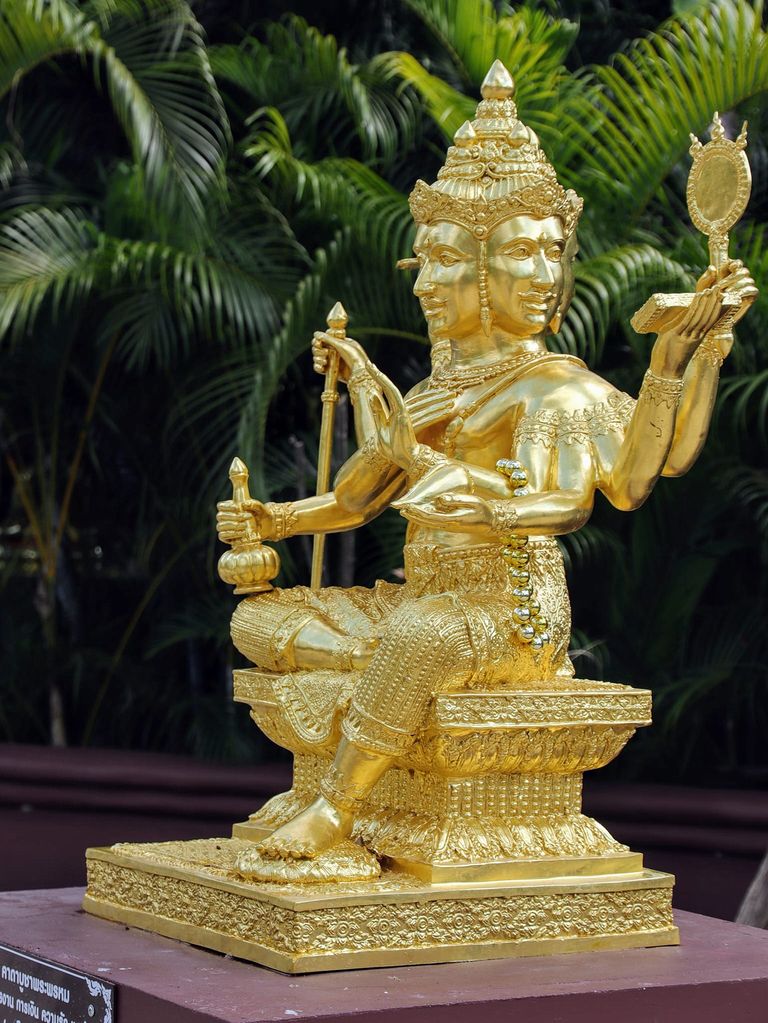
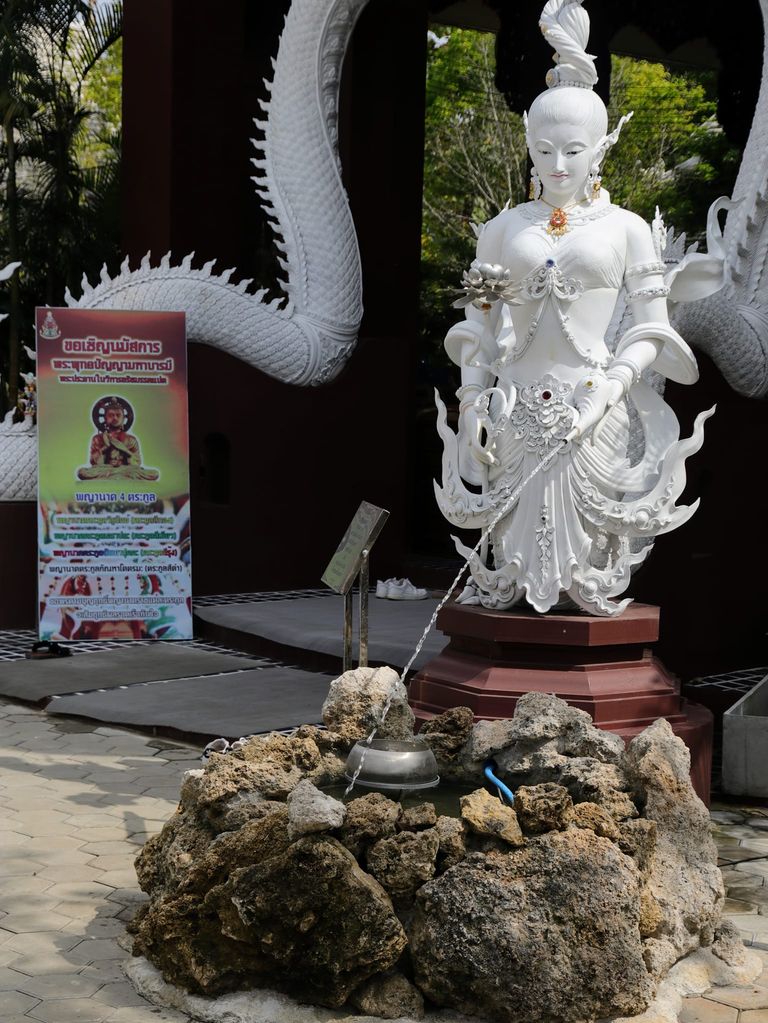
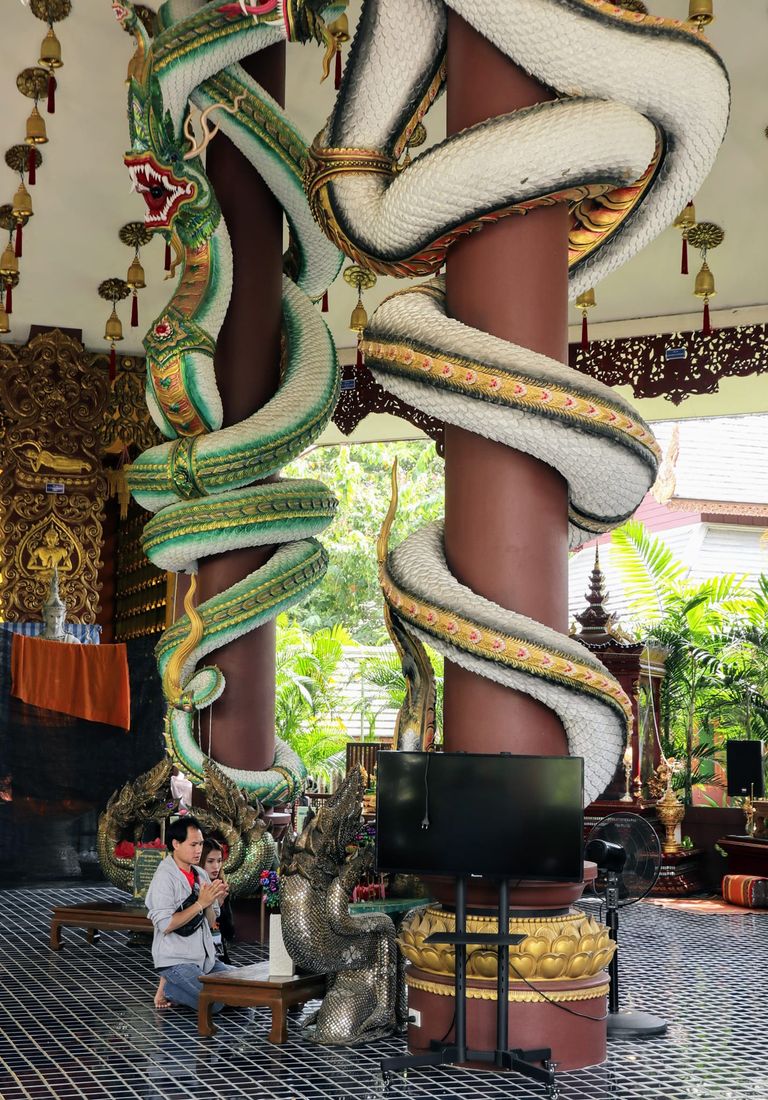
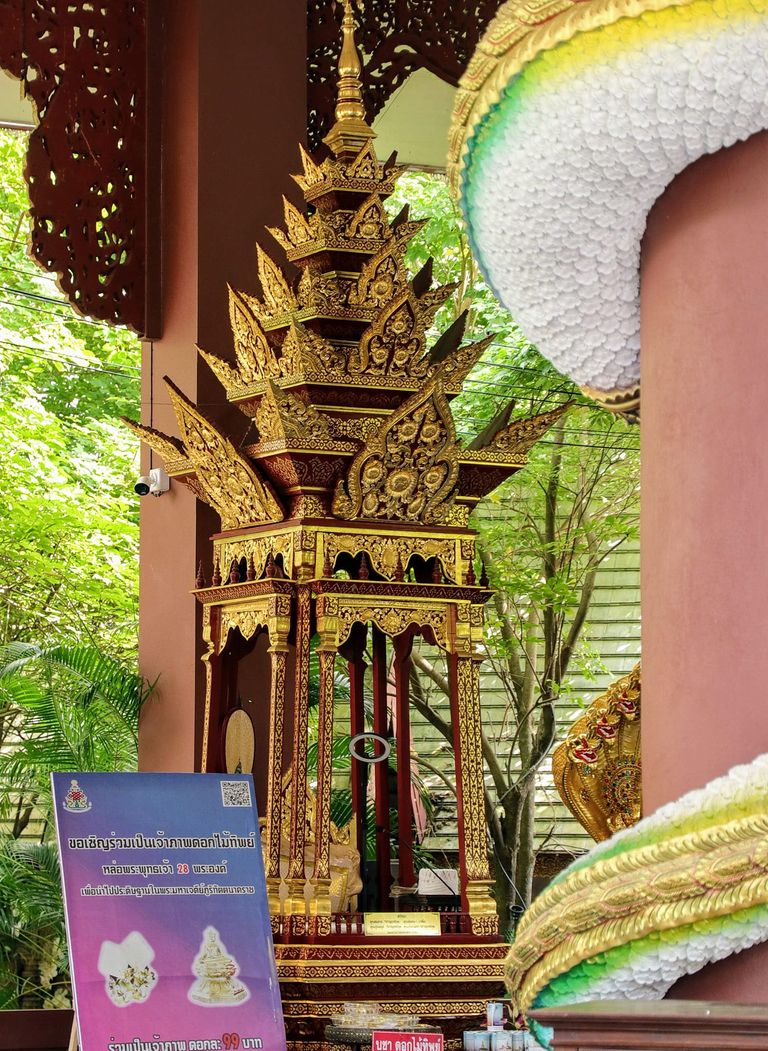
Visitors to Ban Sa Ha Khon Temple are encouraged to appreciate not only its architectural beauty but also its role as a living center of faith and tradition. Respectful engagement and support can aid in the ongoing preservation of this cultural gem.
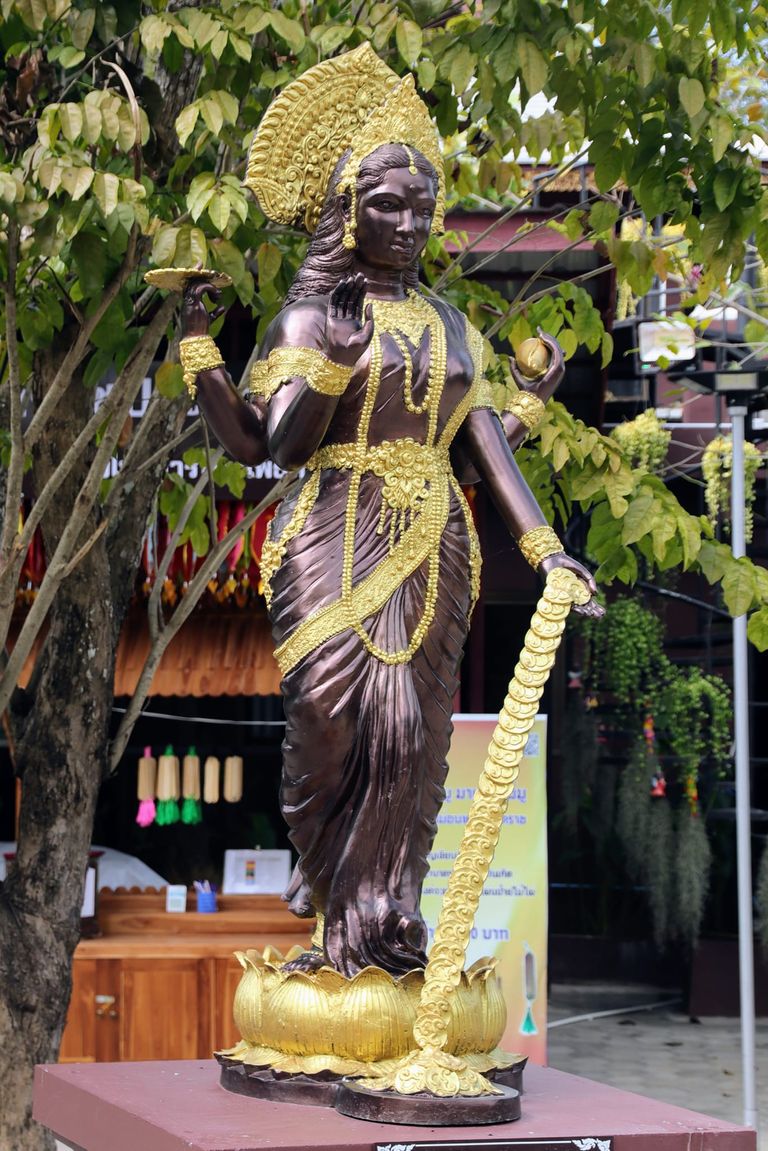
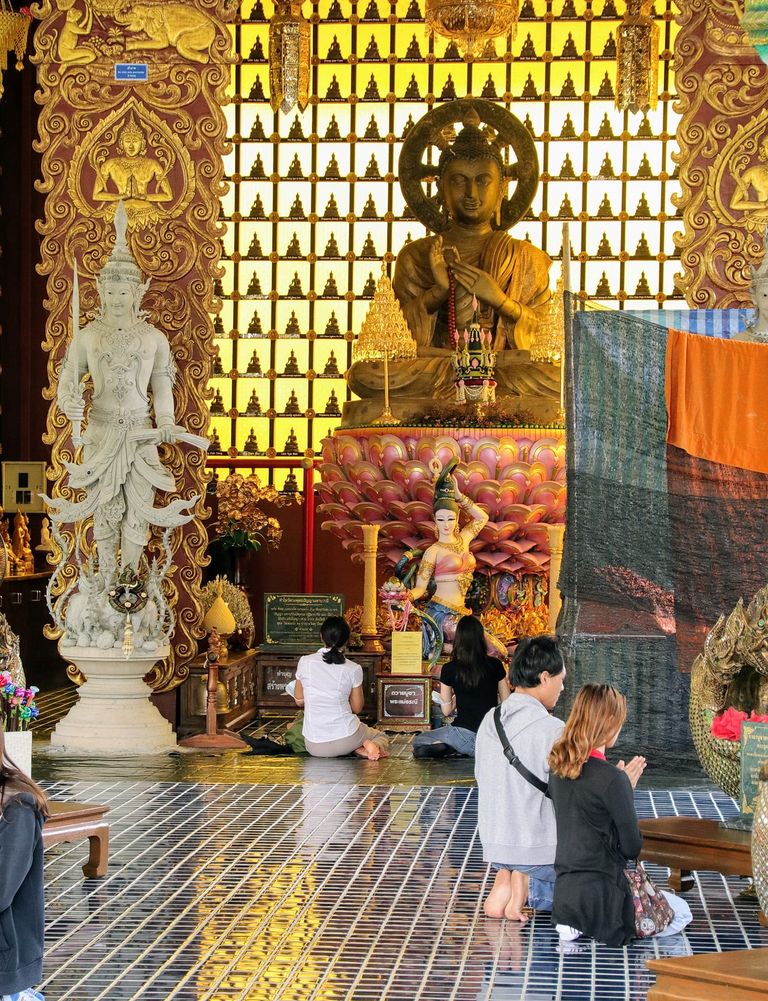
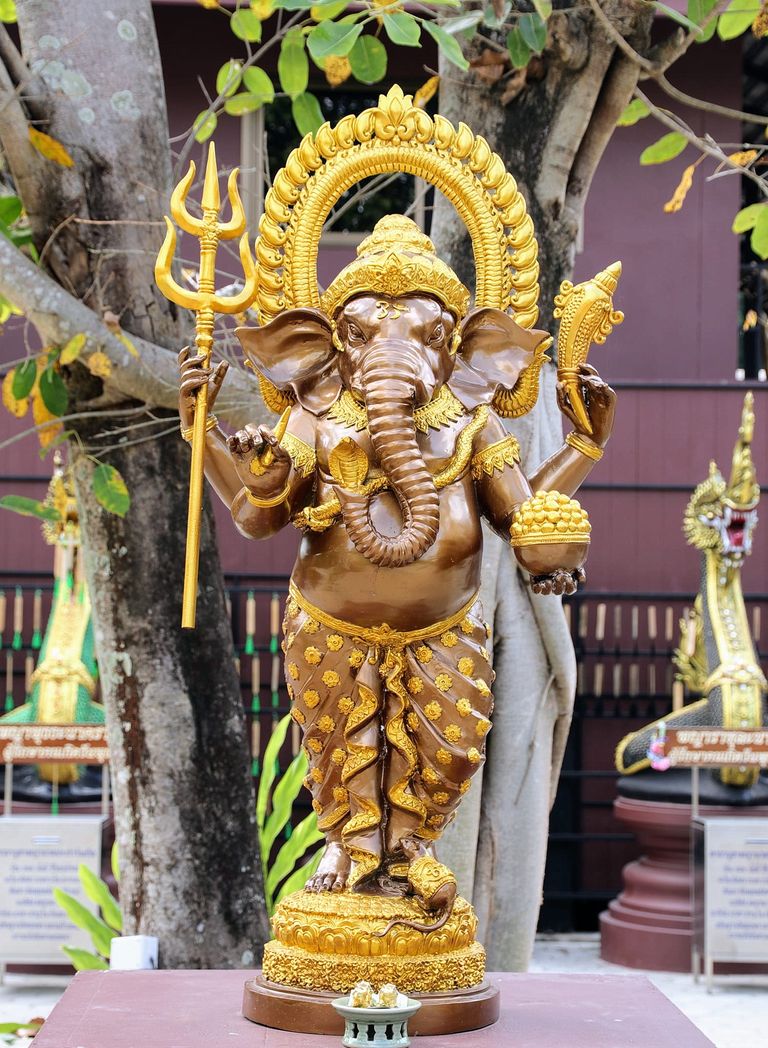
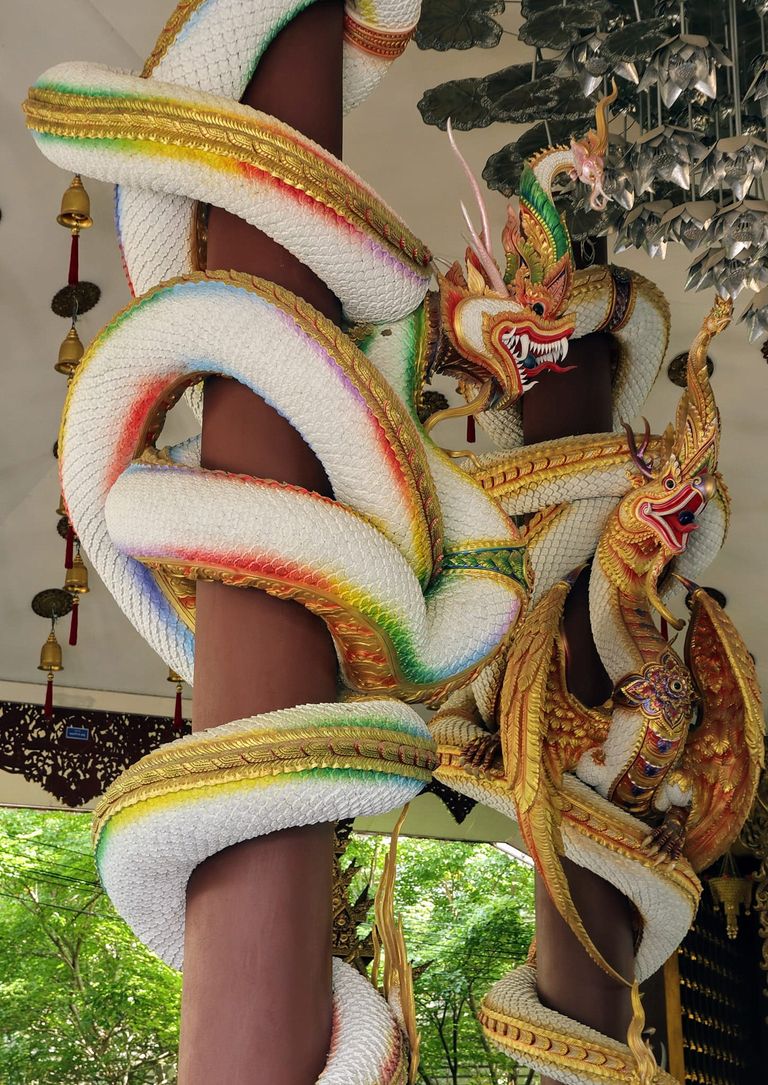
Conclusion
Ban Sa Ha Khon Temple stands as a beautiful embodiment of Thailand's rich history and spiritual depth. Its traditional architecture, cultural significance, and serene environment offer a profound experience for those seeking to understand the essence of Thai Buddhism and rural life. Visiting such temples provides insight into the enduring traditions that continue to shape the cultural landscape of Thailand.
